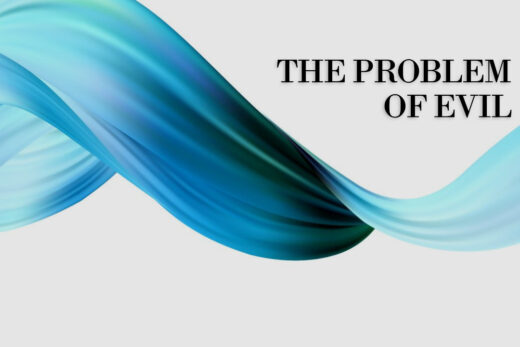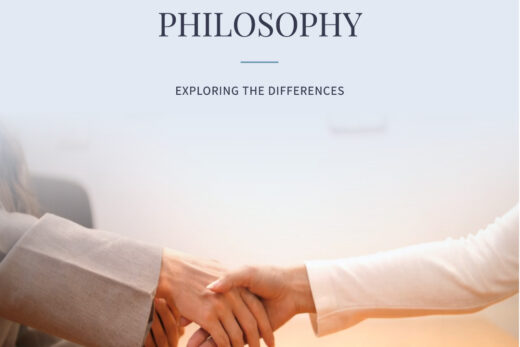The Philosophy of Art is a branch of aesthetics. It aims to understand the essence and interpretations of art. This study opens up new avenues for us to understand and perceive art in various lights.
Art: A Profound Spectrum of Interpretation
Art, in its core, is a subjective realm. Its interpretation relies heavily on individual, cultural, or philosophical viewpoints. As Henry James put it, “Art lives upon discussion, upon experiment, upon curiosity, upon variety of attempt, upon the exchange of views and the comparison of standpoints.” The Philosophy of Art propels us to ponder about the intrinsic nature of art, its purpose, and the paradigms through which we comprehend its value.
Take, for example, Vincent Van Gogh’s “The Starry Night.” Some may interpret the painting as a simple night landscape, while others may perceive an emotional outpouring of the artist’s passion and despair, reflecting the ambiguity that the Philosophy of Art explores.
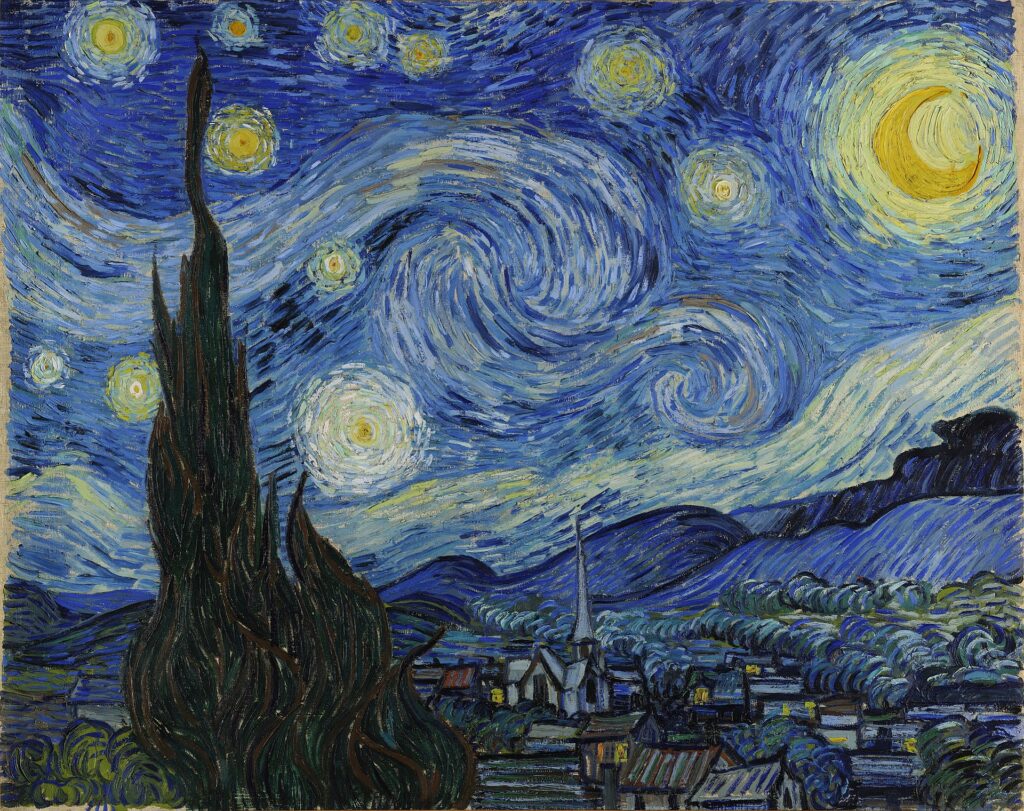
Aesthetics: Decoding the Beauty in Art
Aesthetic theory explores the principles of beauty and taste in art. It combines sensory engagement with intellectual appreciation.
An excellent exemplar is Leonardo da Vinci’s “Mona Lisa”. Beyond her enigmatic smile and detailed background, what makes the Mona Lisa exceptionally intriguing is da Vinci’s innovative use of sfumato technique. This technique, a pioneering blend of science and art, allows for soft transitions between colors, contributing to the realistic representation and depth of the piece. The Mona Lisa is a testament to the philosophy of art’s aesthetic theory, demonstrating how combining scientific precision and artistic expression can result in a work that continues to captivate the senses, incite intellectual curiosity, and define the standards of beauty in art.
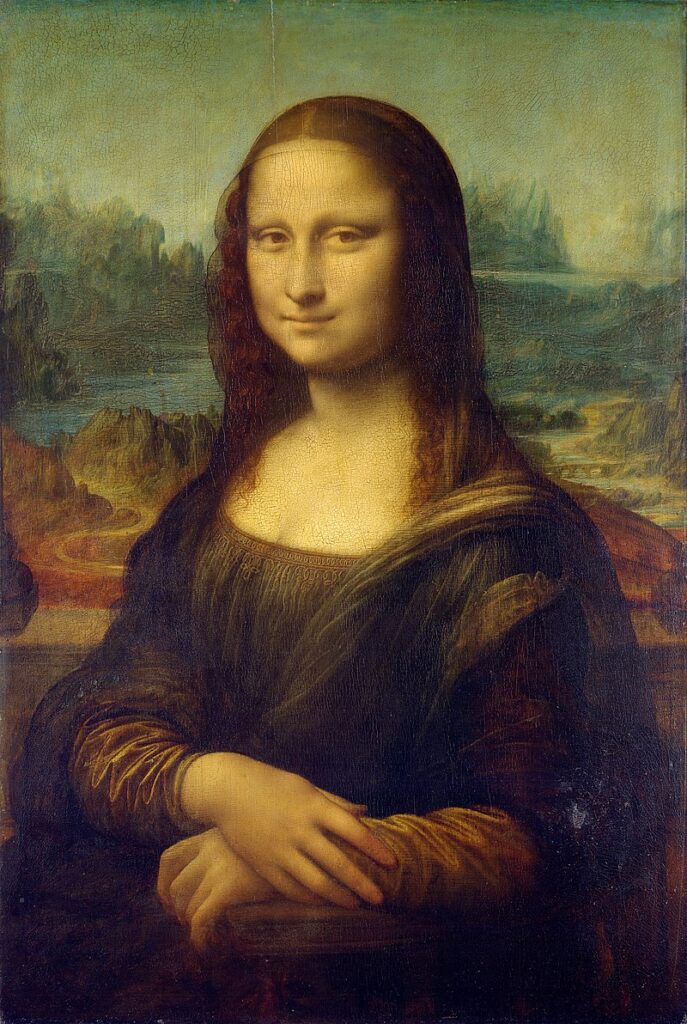
The Art of Interpretation: Deciphering Artistic Intent
Artistic interpretation, a key aspect of the Philosophy of Art, aids us in decoding an artwork’s intended message.
A potent example is Edvard Munch’s “The Scream.” This artwork has become a universal symbol of anxiety and existential dread, heavily influenced by Munch’s personal experiences and emotional states. It embodies the philosophy of art by challenging the boundaries of expression, and emphasizing the role of art in conveying emotion and psychological states.
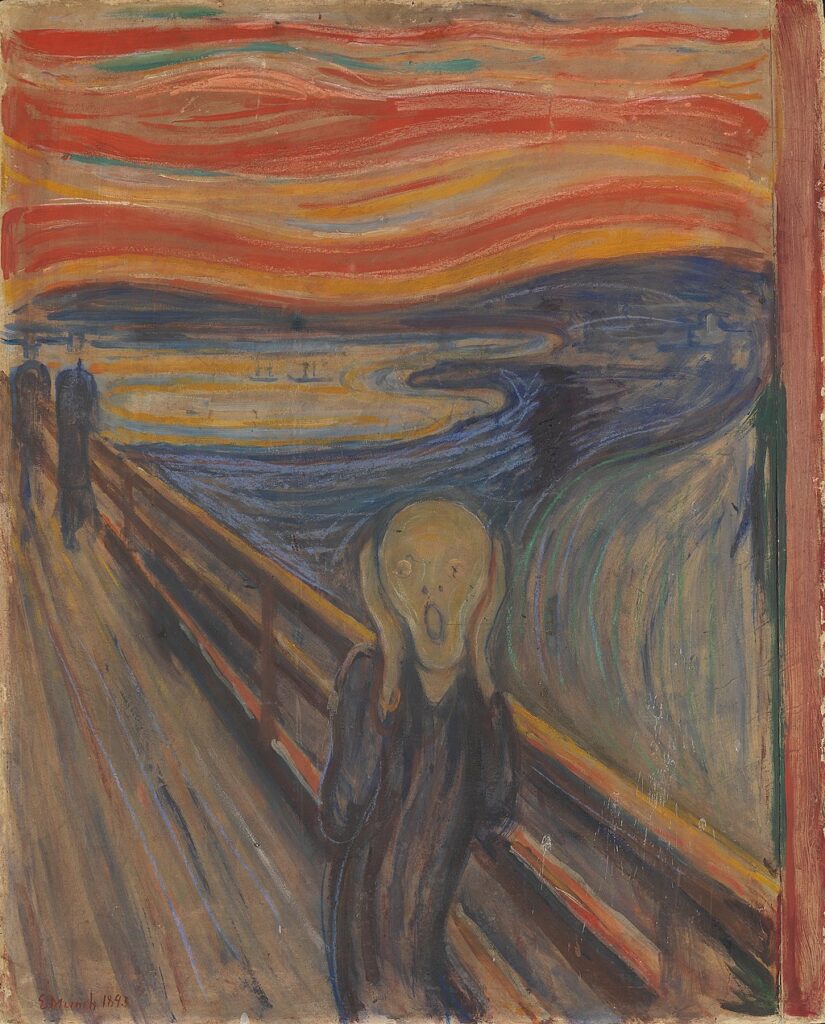
Art Criticism: An In-depth Analysis through Philosophy
“Art criticism uses philosophical principles to evaluate art. It examines elements like color, light, shadow, emotions, and societal commentary. As Oscar Wilde mentioned, “No great artist ever sees things as they really are. If he did, he would cease to be an artist.”
Take, for instance, “The School of Athens” by Raphael. Critics might discuss its use of perspective and lighting, dissecting the symbolism of each character’s gesture and position to interpret Raphael’s commentary on philosophy and knowledge.
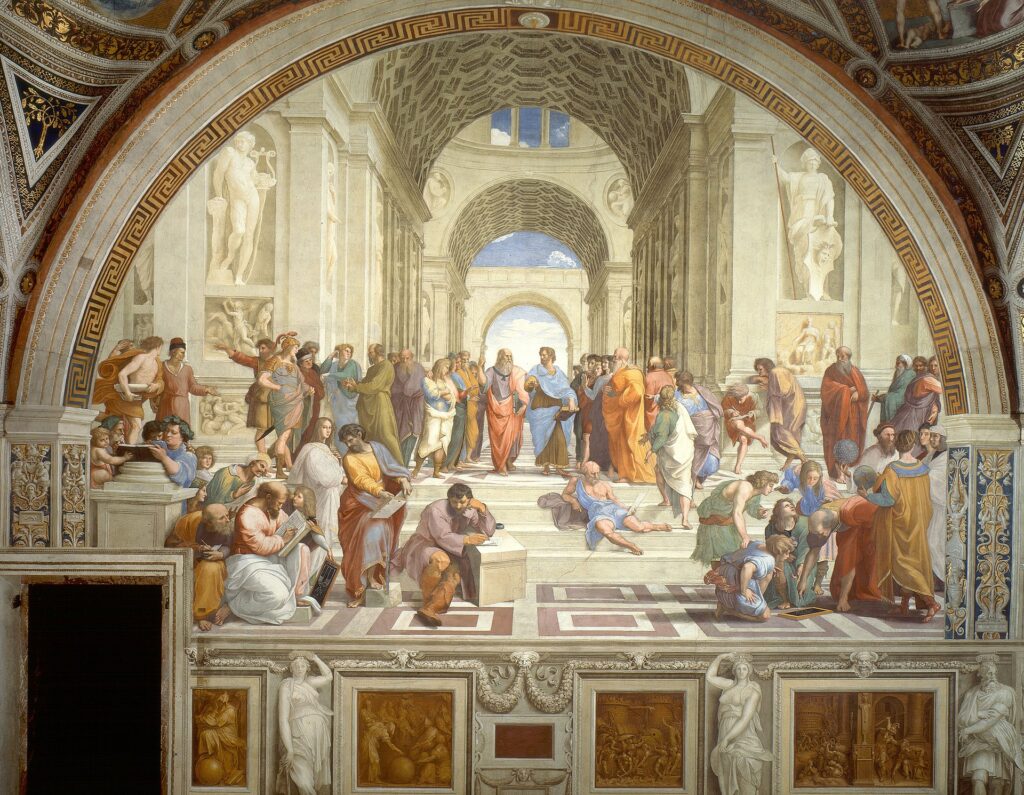
Taste and Value in Art: A Philosophical Perspective
The Philosophy of Art also delves into the concept of ‘taste,’ illuminating how our preferences are shaped not only by our personal experiences and cultural contexts but also by our intellectual engagements. As David Hume astutely observed, “Beauty in things exists merely in the mind which contemplates them.”
For instance, consider Vermeer’s “Girl with a Pearl Earring.” The painting’s exquisite detail, intimate character portrayal, and the enigmatic interplay of light and shadow appeal to those who value the richness of narrative and the ability to capture fleeting moments in art. The girl’s ambiguous expression adds to the allure, inviting viewers into a dance of interpretation and conjecture.
On the other end of the artistic spectrum, Malevich’s “Suprematist Composition” exemplifies the early 20th-century Suprematism movement. This art form, characterized by its utilization of basic geometric forms – predominantly squares and rectangles – in various colors against a stark, white background, takes a minimalist approach. It echoes the sentiment of those viewers who find beauty in abstraction, simplicity, and the reduction of art to its most fundamental elements, viewing it as a purer form of artistic expression that liberates art from the need to represent the physical world.
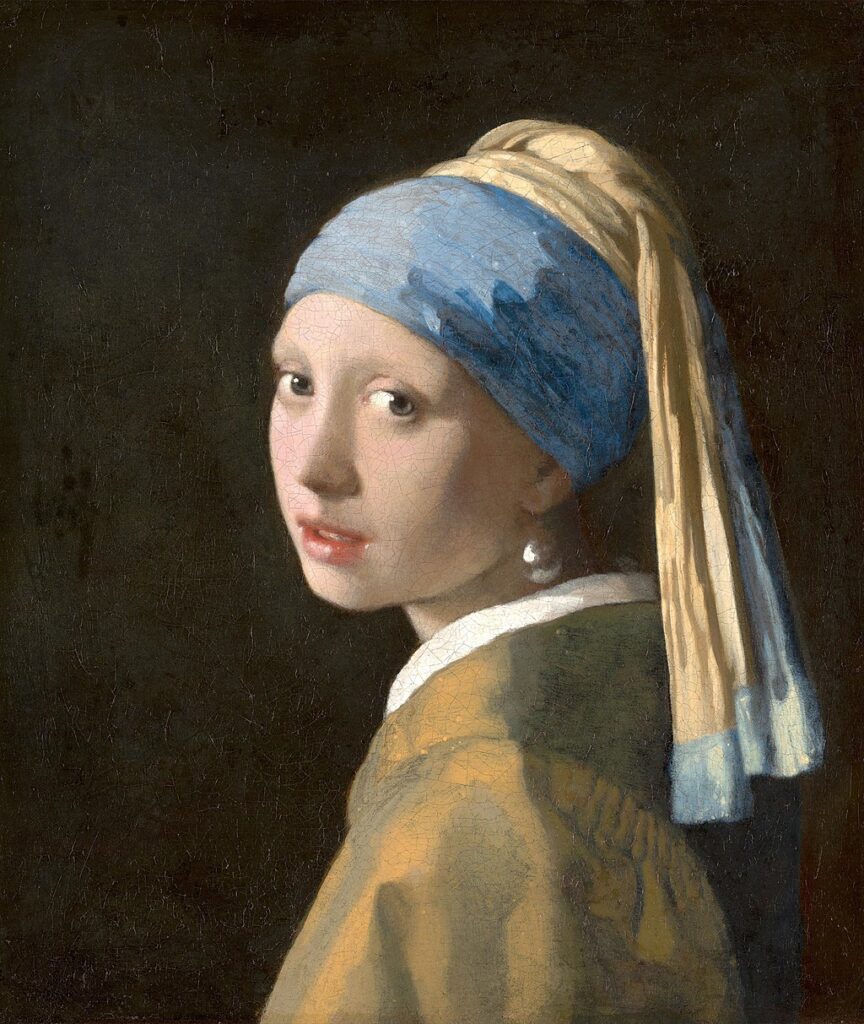
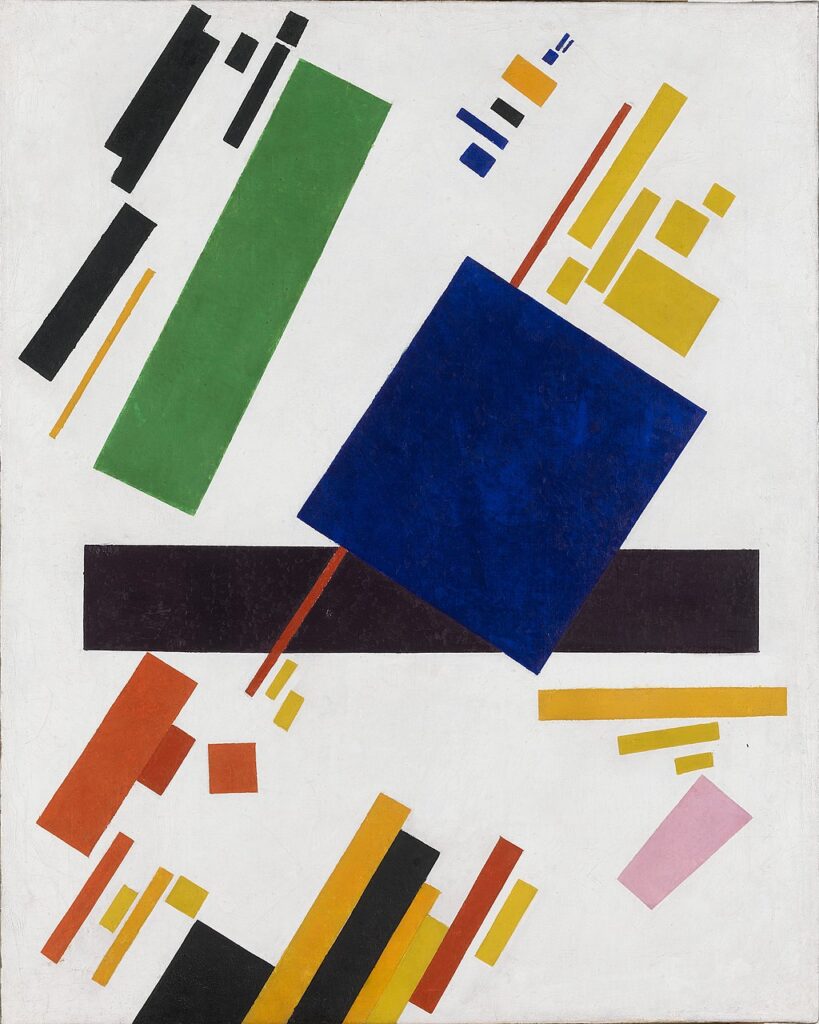
The Emotional Response: A Deep Dive into Art’s Impact
Art can incite a spectrum of emotions and philosophical thought. The concept of the ‘Sublime’ in art refers to awe-inspiring artworks that deeply stir our senses and intellect. For instance, one might experience a profound sense of awe while looking at ‘The Night Watch’ by Rembrandt. The play of light and dark, the grandeur of the scene, and the meticulous details all contribute to this sense of sublime.
This emotional response is a testament to the ways philosophy can deeply impact our daily lives. After all, the appreciation of art is a part of our everyday life. If you are curious about how philosophy can influence other aspects of your life, take a look at our article ‘How Can Philosophy be Applied for Better Everyday Living?’ where we explore this topic in depth.
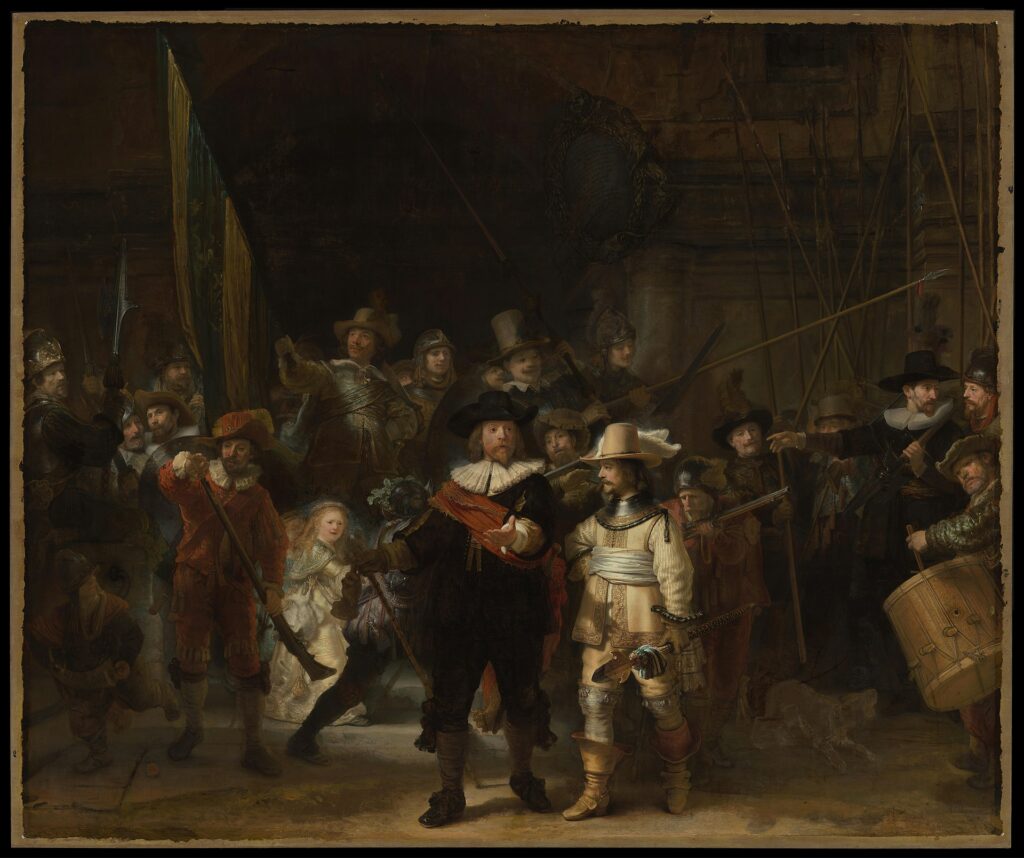
Art and Morality: A Confluence of Aesthetics and Ethics
Art often mirrors societal values and moral narratives. The intersection of aesthetics, art, and morality presents compelling inquiries about art’s role in reflecting and shaping societal values. Consider Bansky’s graffiti works, which often provoke discussion on various social and political issues.
Frequently Asked Questions
How does the Philosophy of Art differ from art history?
While art history chronologically studies different art periods, artists, and their works, the Philosophy of Art dives deeper. For instance, art history might focus on when and why Picasso developed his Cubist style, whereas Philosophy of Art might explore what ‘Cubism’ says about the nature of reality and perception.
What role does the artist’s intention play in the Philosophy of Art?
In the Philosophy of Art, the artist’s intention can be crucial or irrelevant, depending on the philosophical approach. For instance, when viewing “Guernica” by Picasso, some philosophers argue understanding Picasso’s anti-war intent is essential to grasp the painting’s meaning. Others may contend that each viewer’s personal interpretation creates the painting’s meaning.
How does the Philosophy of Art explore the concept of ‘taste’?
The Philosophy of Art unravels the layers of ‘taste.’ It’s not just about ‘liking’ or ‘disliking’ a piece of art; it’s about understanding how personal experiences, cultural contexts, and intellectual engagement collectively shape our artistic inclinations. Whether it’s the enigmatic smile of the Mona Lisa or the swirling night sky in Starry Night, different elements strike a chord with different people, leading to diverse interpretations and preferences in art.
Can the Philosophy of Art help us appreciate modern and abstract art better?
Yes, the Philosophy of Art can enhance our understanding of all art forms, including modern and abstract art. By providing a framework to decode art, it allows us to see beyond the surface. For example, Yayoi Kusama’s “Infinity Mirrored Room” could be just a light show to some, but with an understanding of her philosophy, viewers can appreciate it as a statement on infinite, borderless existence.

